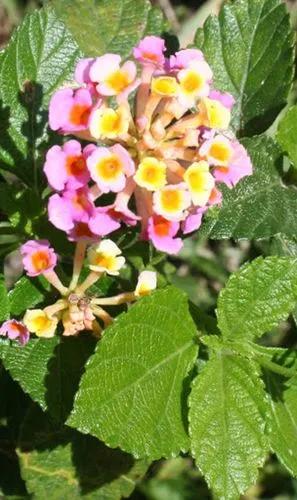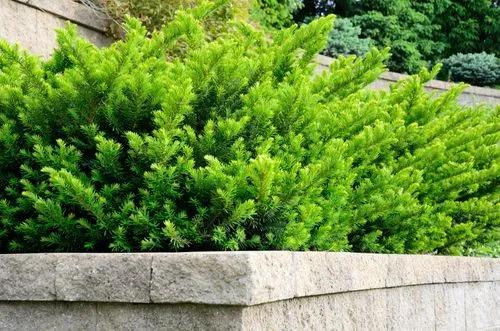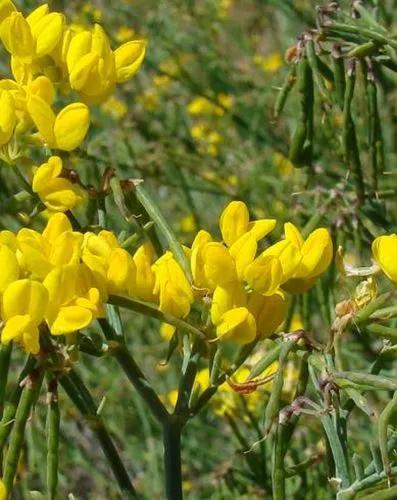Cotoneaster franchetii is a species of Cotoneaster native to southwestern China, and Yunnan, and also in adjacent northern Myanmar and northern Thailand. It is an evergreen or semi-evergreen shrub growing to 3 metres tall.
Franchet's cotoneaster Care
Cotoneaster franchetii



Cotoneaster franchetii, commonly called gray cotoneaster or orange cotoneaster, is an evergreen to semi-evergreen shrub that typically grows to 10' tall with cane-like upright-arching branches. Deeply veined elliptic to oval leaves (to 1 1/2" long) are glossy gray-green above with a white felty pubescence beneath. Some leaves turn yellow with reddish streaks in fall. Near the northern edge of winter hardiness, this shrub is basically deciduous. Tiny pink and white 5-petaled flowers (each to 1/3" diameter) bloom in early summer (July) along the branches in 5-15 flowered corymbs. Flowers give way to rounded, long-lasting, red-orange berries (1/4" pomes) which ripen in September and October, with some berries persisting on the bush through winter. Fruit is poisonous to humans. It can be invasive in California.
How to Care for the Plant

Water

Water Cotoneasters regularly during the first season, to establish a healthy root system, after which they are fairly drought tolerant plants. Established shrubs only need watering during prolonged dry spells.

Fertilizer

Apply a generous top-dressing of compost in the fall.

Sunlight

They need full sun or partial shade.

Soil

These plants thrive in fertile soils but tolerate any soil as long as it is well-drained. It’s a good idea to apply a thick layer of mulch around ground cover types soon after planting to suppress weeds.

Temperature

This plant can be grown in the areas with the lowest winter temperatures of −20.6°C (−5°F).

Popularity

380 people already have this plant 69 people have added this plant to their wishlists
Discover more plants with the list below
Popular articles






